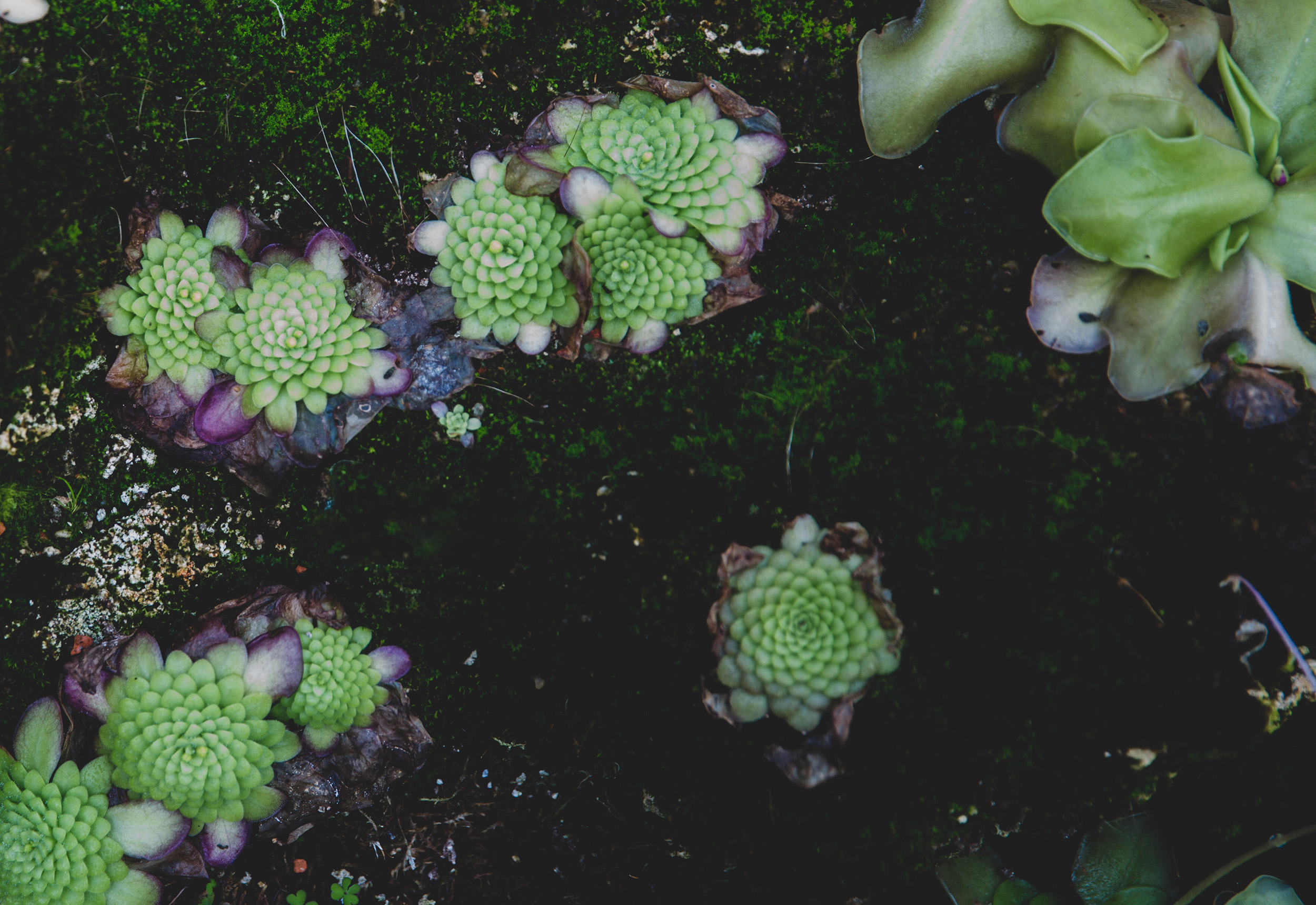We don’t normally think of plants as being particularly dynamic. They’re rooted to the spot and tend to play second fiddle to more exciting and charismatic animals. But David Attenborough’s new BBC series, The Green Planet, is showing exactly how extraordinary plants really are.
New camera technology has opened up the world of plants like never before, revealing in gobsmacking detail exactly what they get up to. And scientific discoveries are challenging our notions of what plants are and how they behave.
It was tough to choose, but here are five incredible things The Green Planet has taught us about plants.
1. Plants can count
Carnivorous plants like sundews and pitcher plants are fascinating as they are, and the way they trap and consume insects has fuelled science fiction stories about killer plants. But Venus flytraps can actually count.
Their lack of brain or central nervous system hasn’t prevented these plants from developing an ingenious way to conserve energy when waiting for a meal. The trap is triggered when an insect brushes against the exposed hairs, but the plant will wait until this has happened twice. Just once might be a false alarm.
So how do Venus flytraps count? Each time a hair is triggered, it generates a wave of calcium through the trap but one wave isn’t enough to close it. If a second wave is triggered within a few seconds, then the trap will close; if not, then calcium levels return to normal until a hair is brushed again. Mind blowing.
2. Plants can hunt
Venus flytraps catch insects by lying in wait, but some carnivorous plants go in search of their food. The bladderwort shown in episode two hunts among small pools of water that collect at the base of other plants.

Bladderwort grows near plants that create pools of water in their leaves. Max Letek / Unsplash
These pools are colonised by tiny aquatic creatures and once it finds a pool, the bladderwort starts producing traps. When an animal brushes against the bladder trap, it’s sucked in and consumed. Once it’s eaten its fill, the bladderwort can send out a tendril to search for another plant pool.
3. Plants can fight
Plants compete for sunlight, because being shaded out by your rivals means getting less energy from the sun. But some go to extreme measures to get their share – they fight for it.
Giant water lilies are fearsome plants. As they emerge, this Amazonian plant wields its spiked leaf buds like a club to clear away other plants from the water’s surface.
Eventually, its huge, circular leaves dominate the water. Each measures about 2m across and is covered in hefty spikes, which shove or crush their way through any other plants in their way. Just watch how they move.
4. Plants can smell
Plants might not have noses, but they certainly use airborne chemicals to detect what’s around them.
Dodder is a parasitic plant which attaches itself to other plants, getting its nutrients by sucking on their sap. But rather than growing aimlessly in the hope of finding something tasty, it can ‘smell’ other plants. Dodder can not only detect its preferred food, choosing tomatoes over wheat, but it can sense which plants are healthier and so able to provide better sustenance.
5. Plants can talk
Plants don’t just use wafting aromas to seek out food, they also use them to communicate.
When leaves are being munched by caterpillars or other insects, many plants will mount a defence, such as producing noxious chemicals which deter their attackers. But other plants nearby will also trigger their defences, even if they aren’t currently being eaten. Studies have shown that plants send out chemical signals to warn others that insects are on the way.
Plants talk underground as well. Thanks to relationships with symbiotic fungi, the roots of many trees are connected together in a vast system – a mycorrhizal network, or the ‘wood wide web’ as it’s been dubbed. Signals pass between trees via the fungal threads, allowing them to communicate and share resources. All this suggests trees can even cooperate with one another, which once again challenges our notion of plants being stationary and silent.



